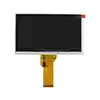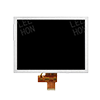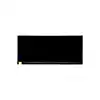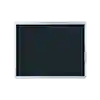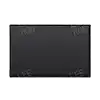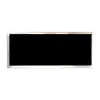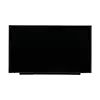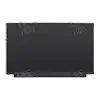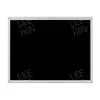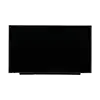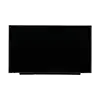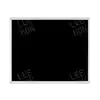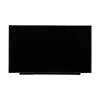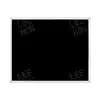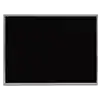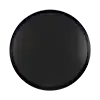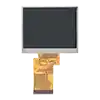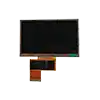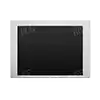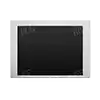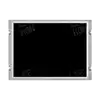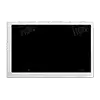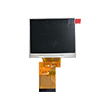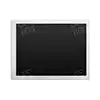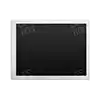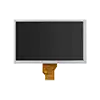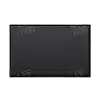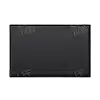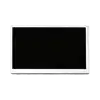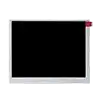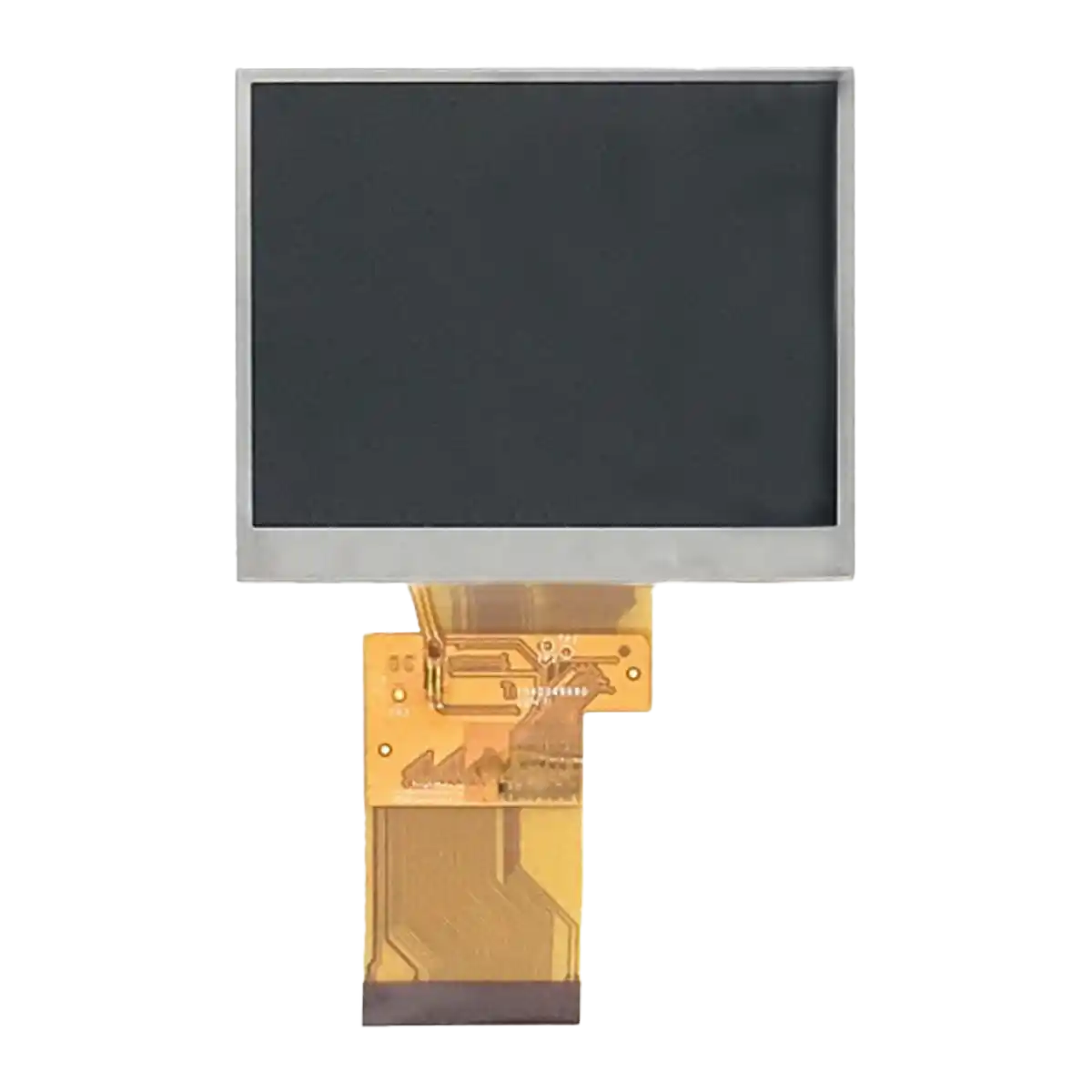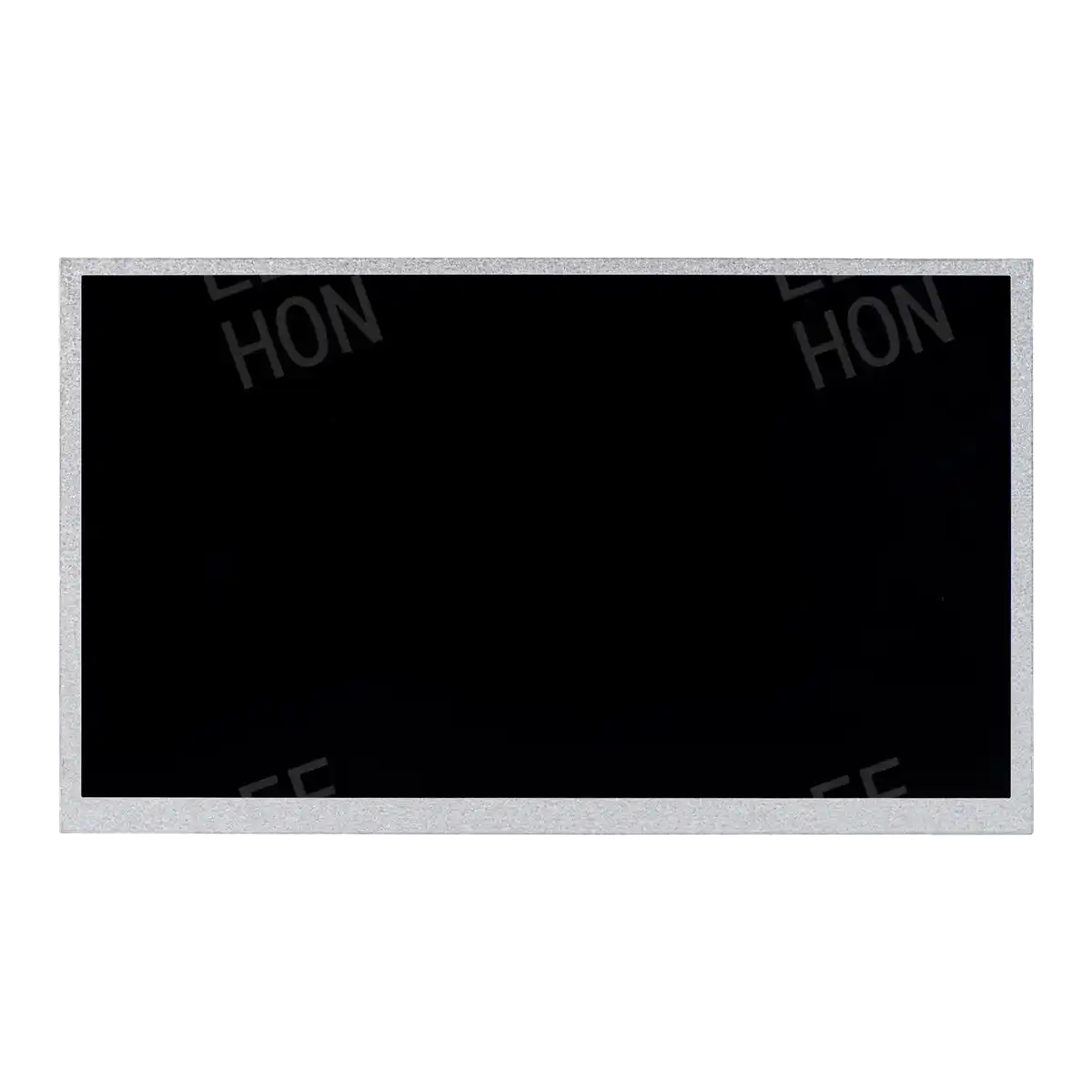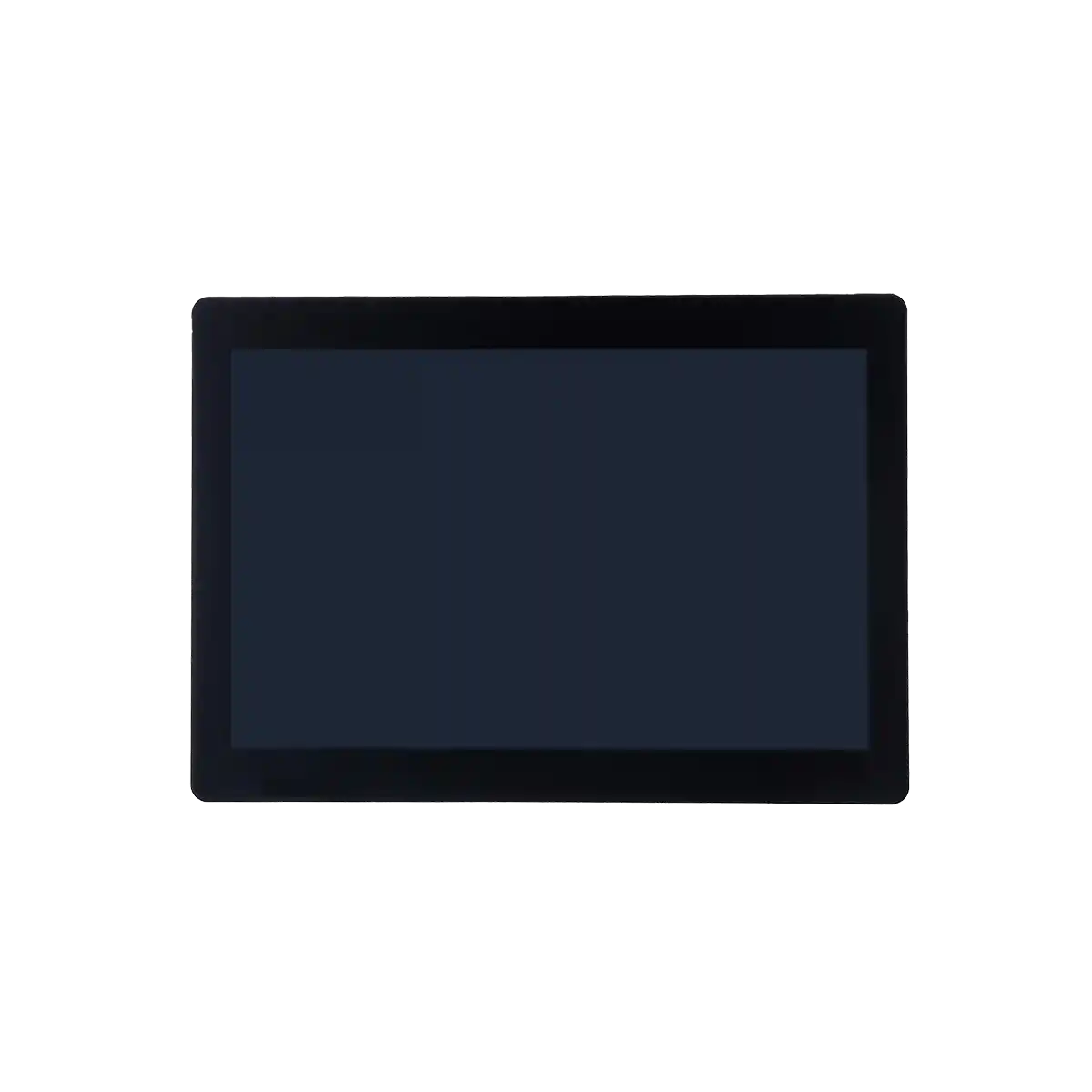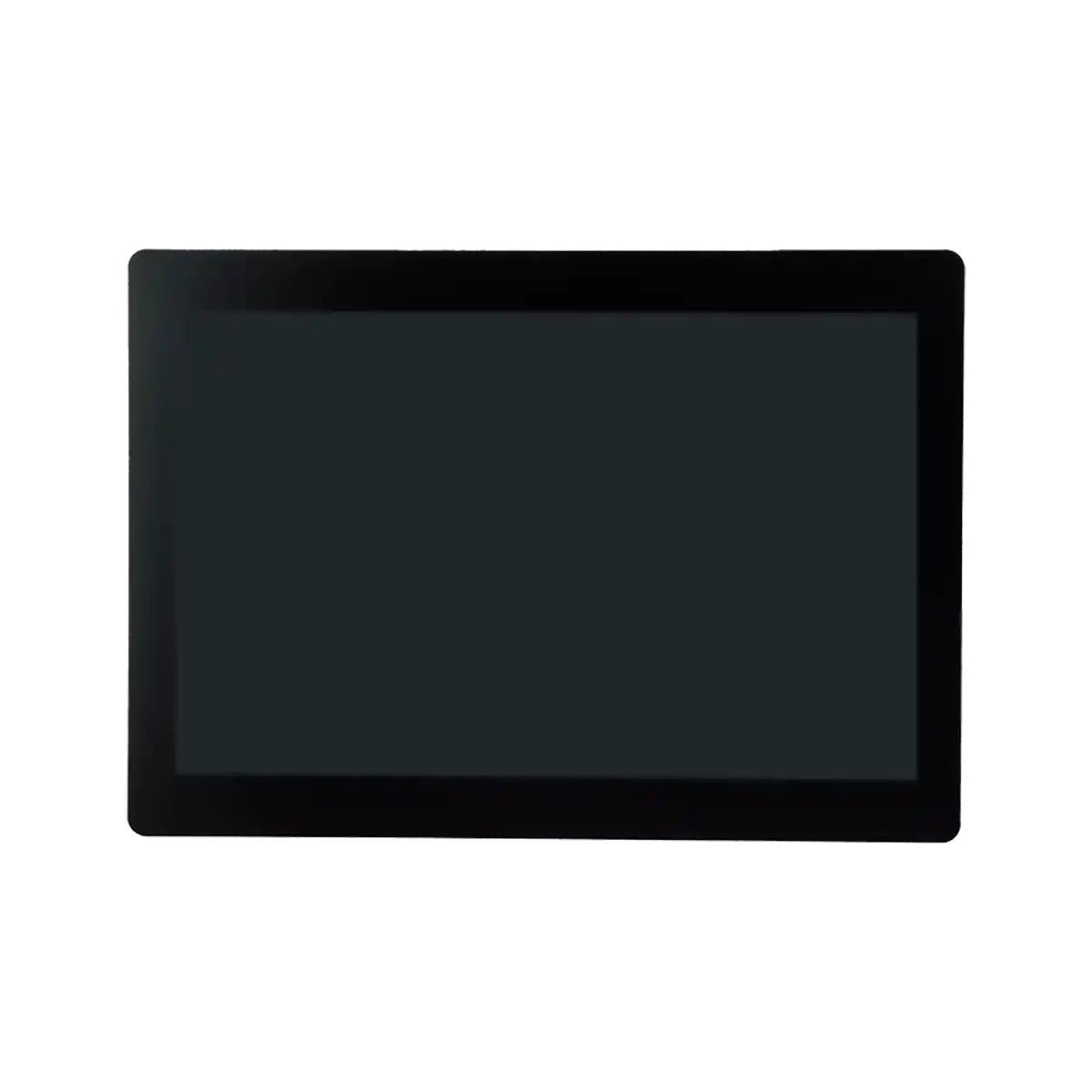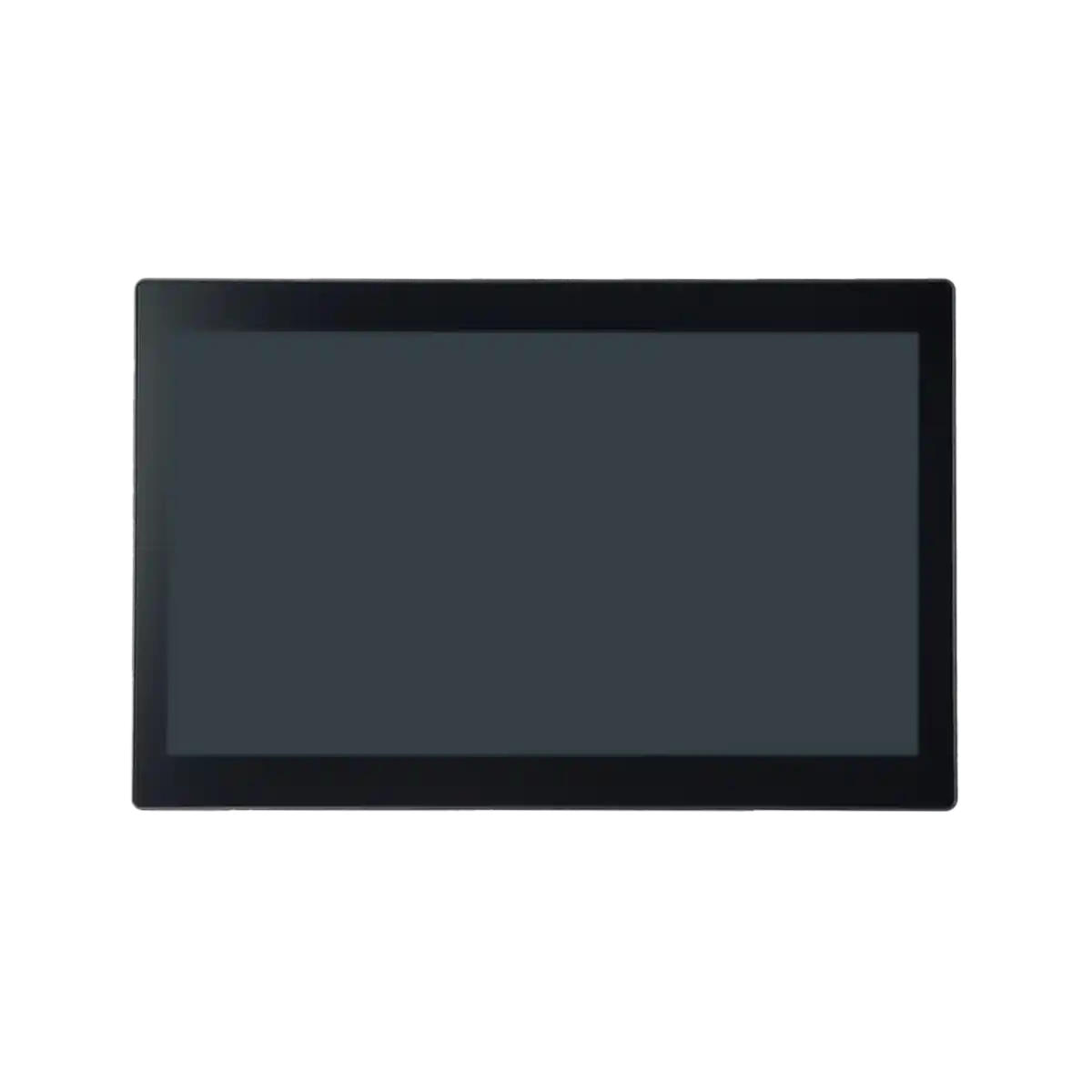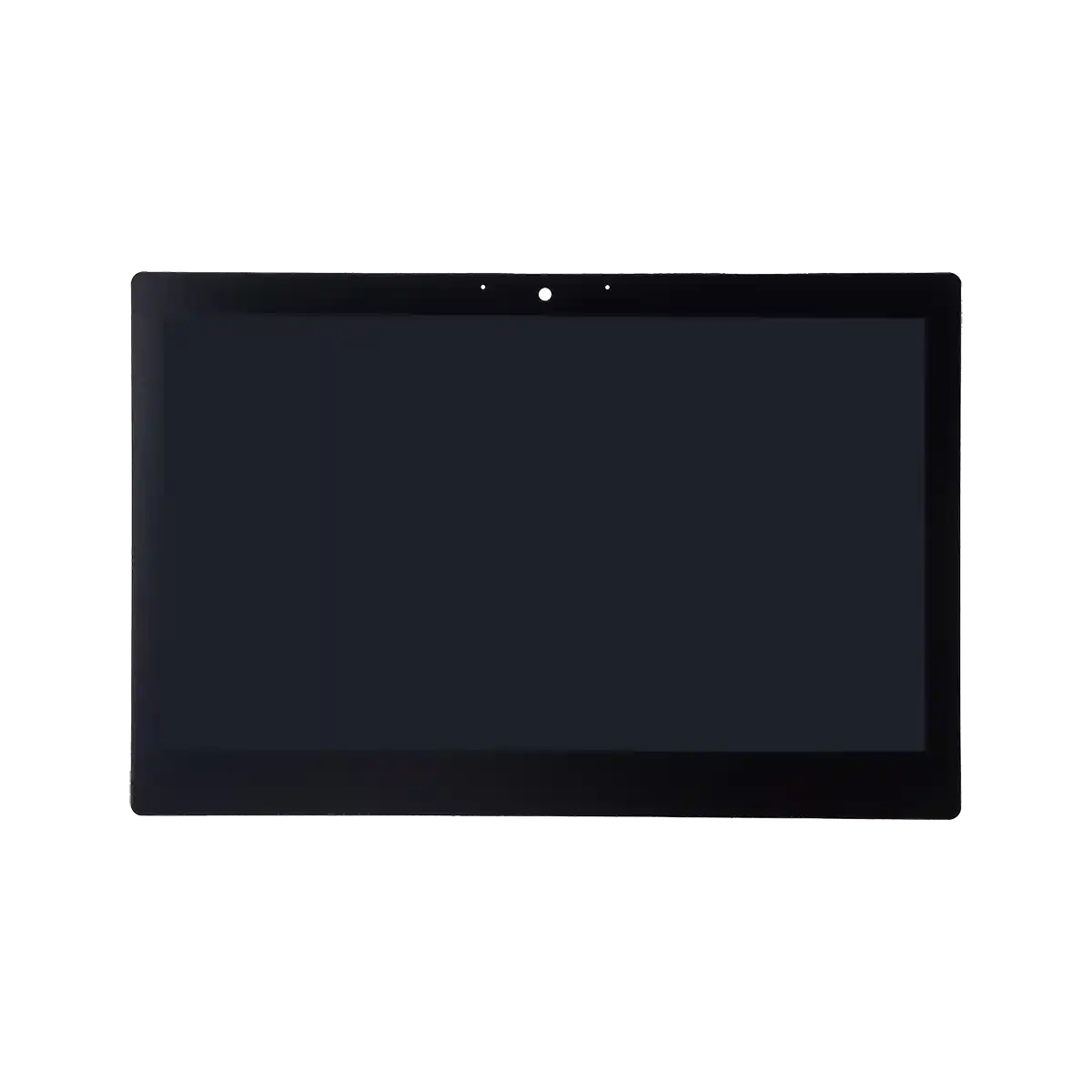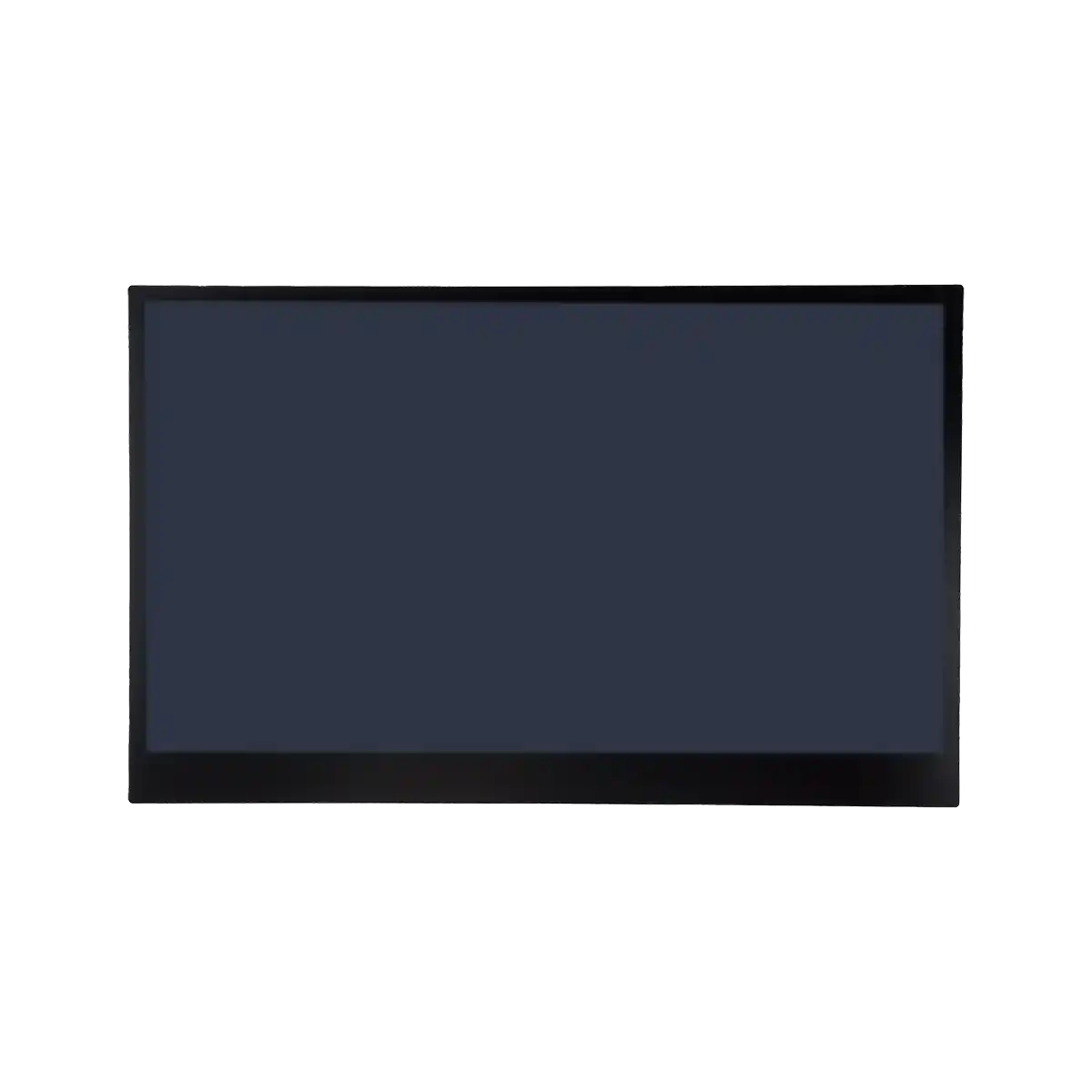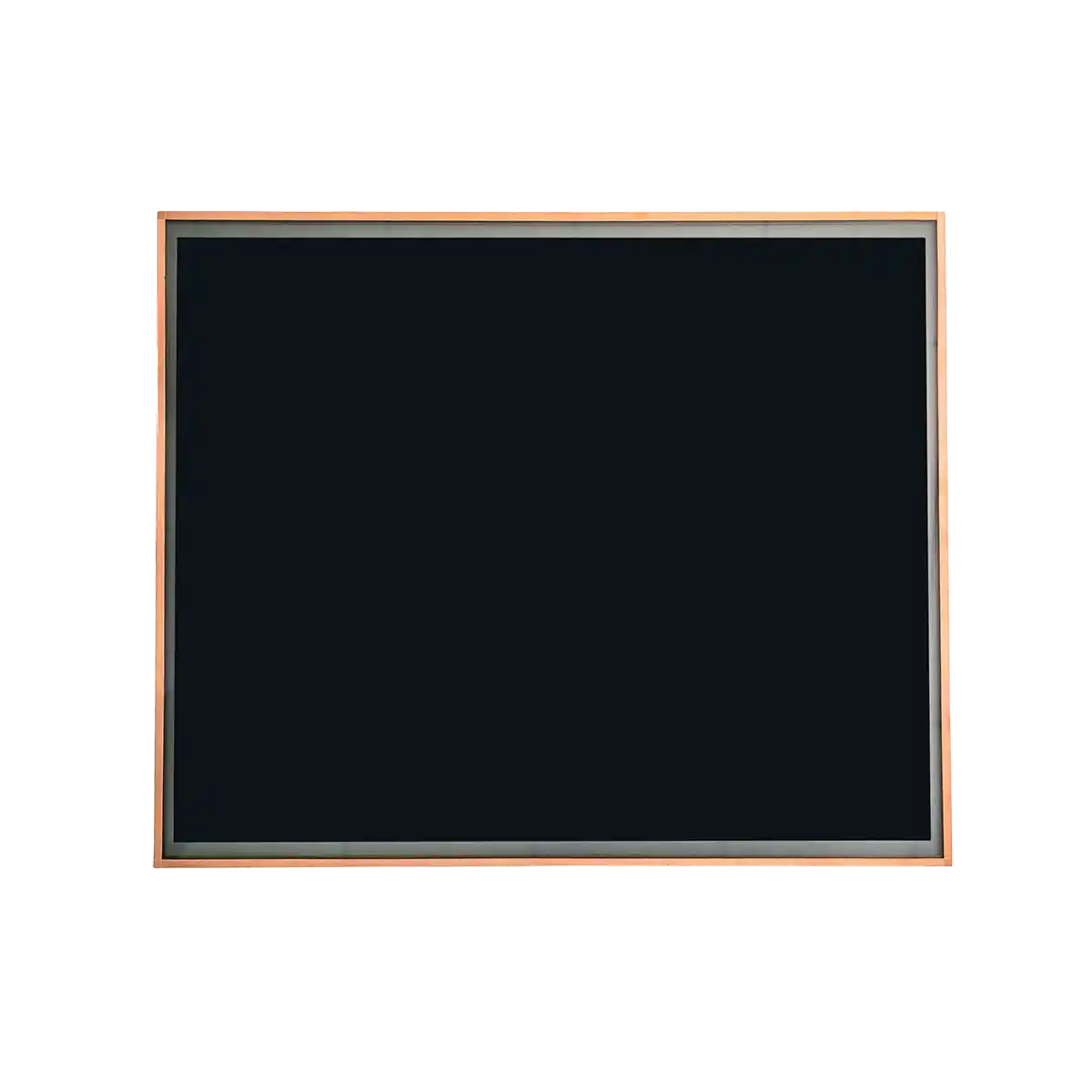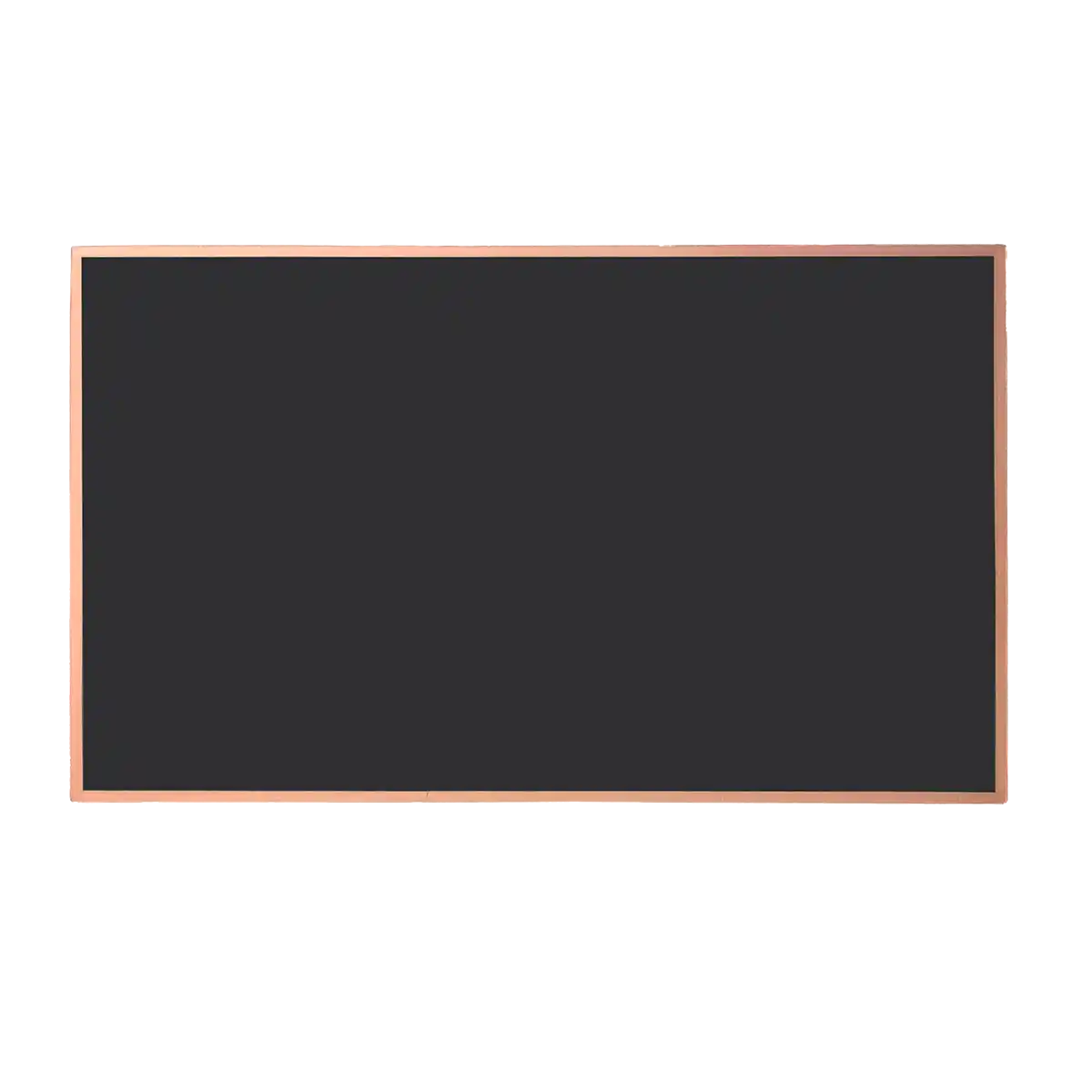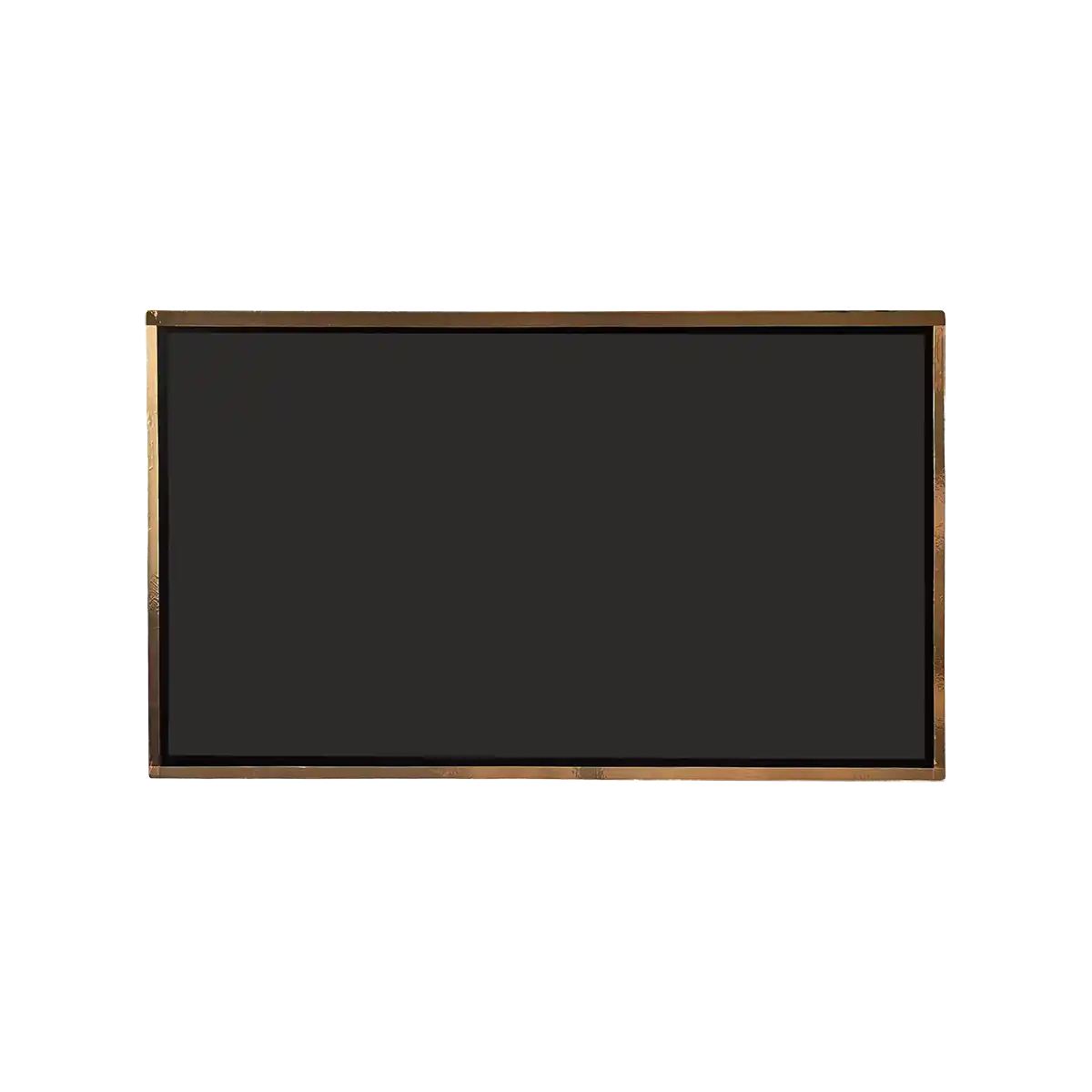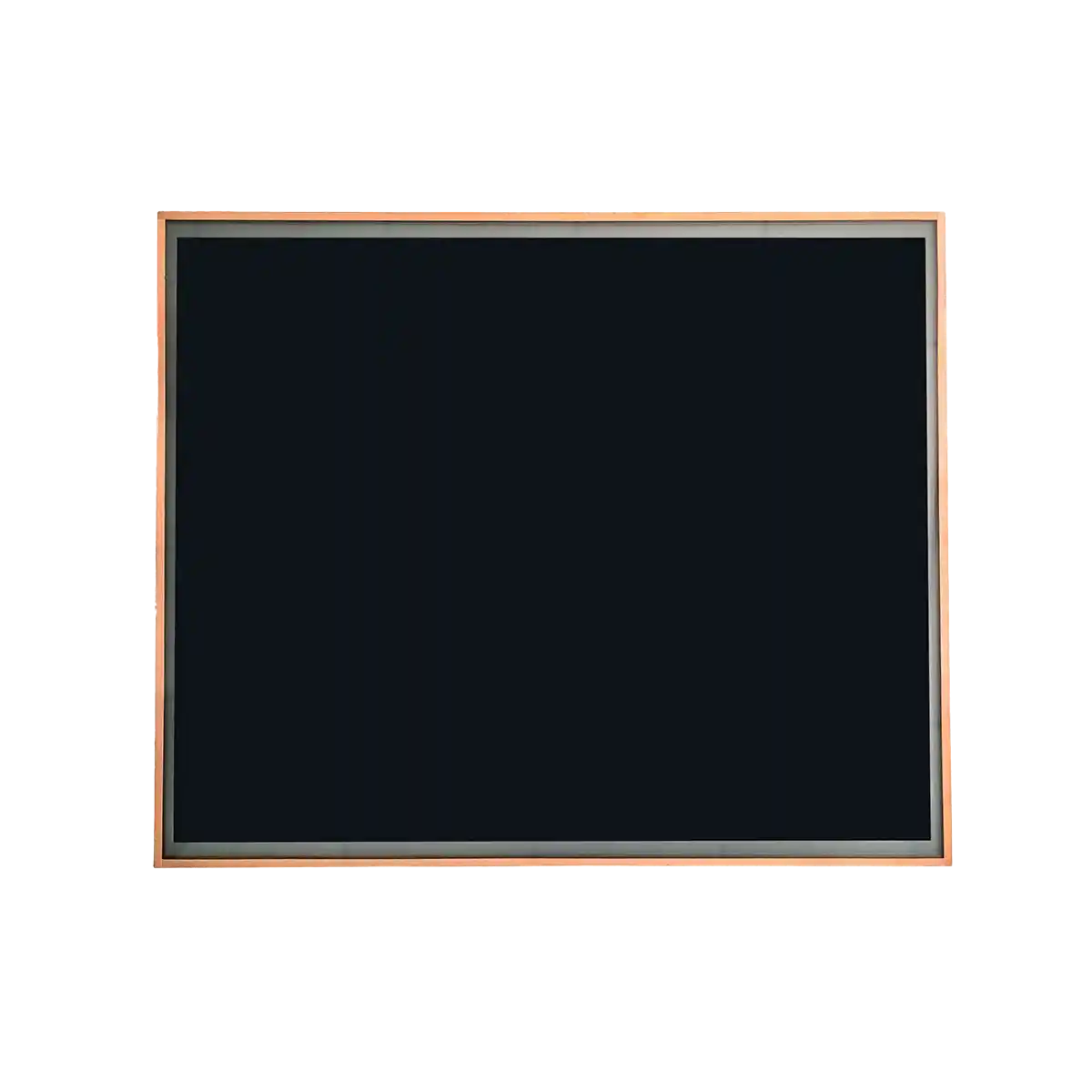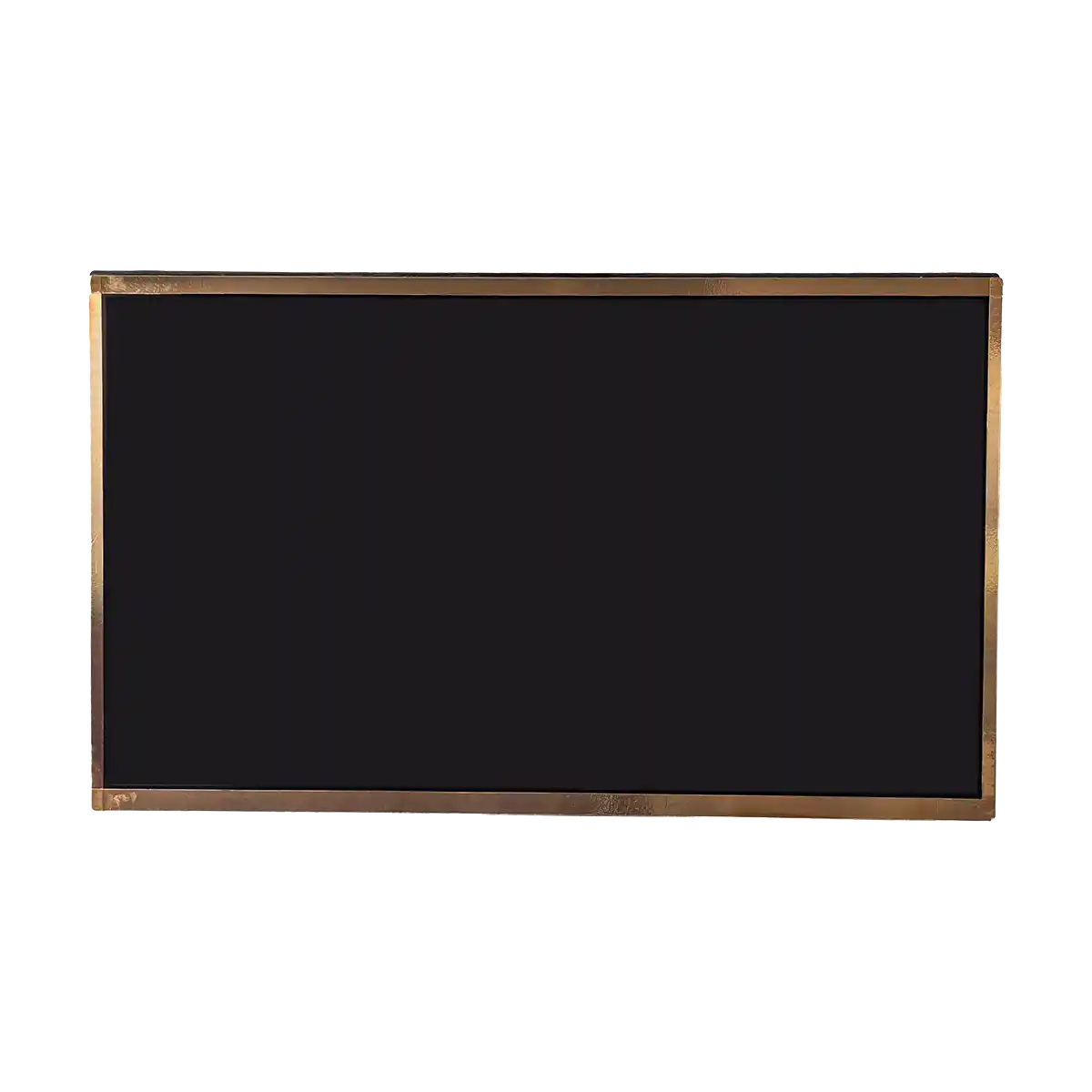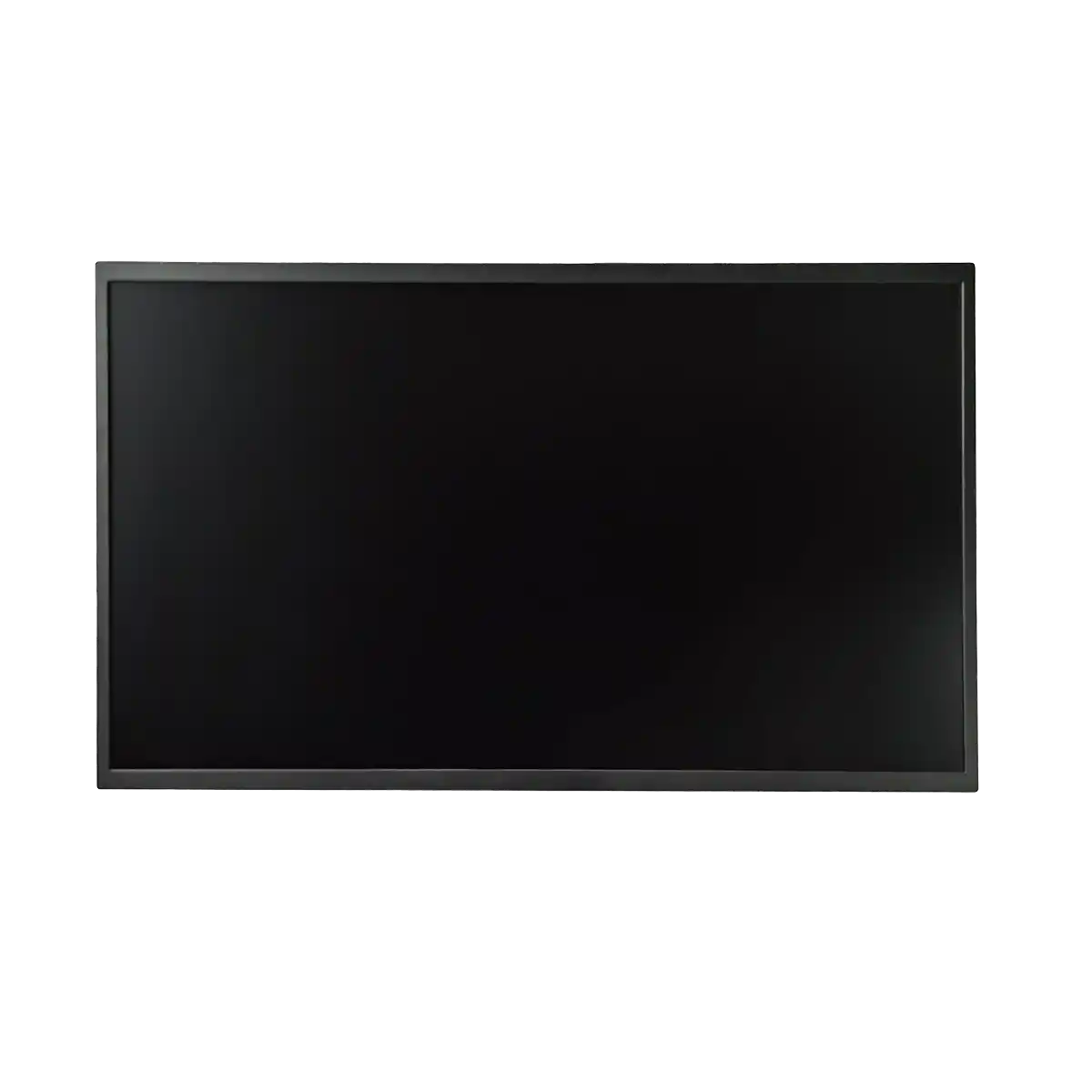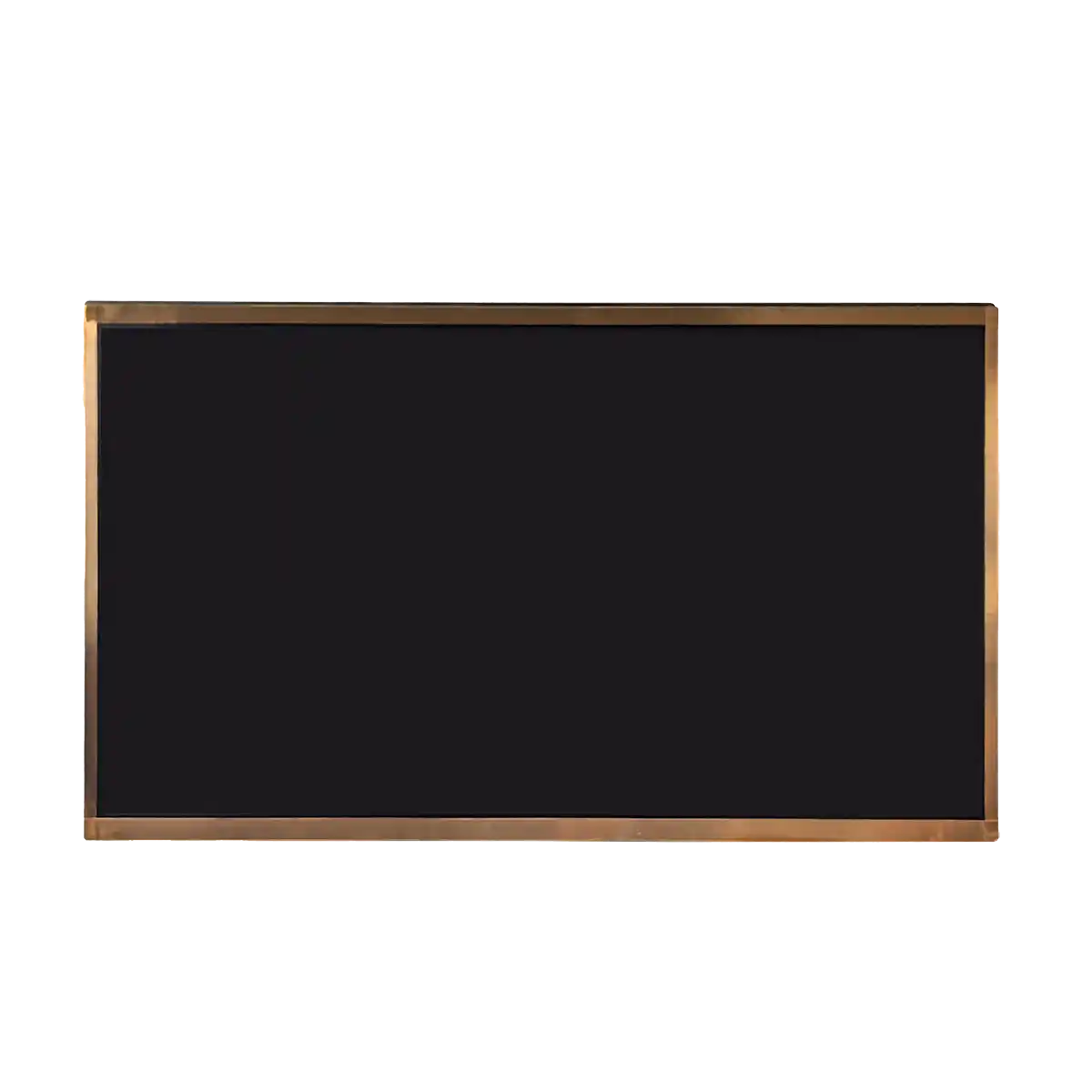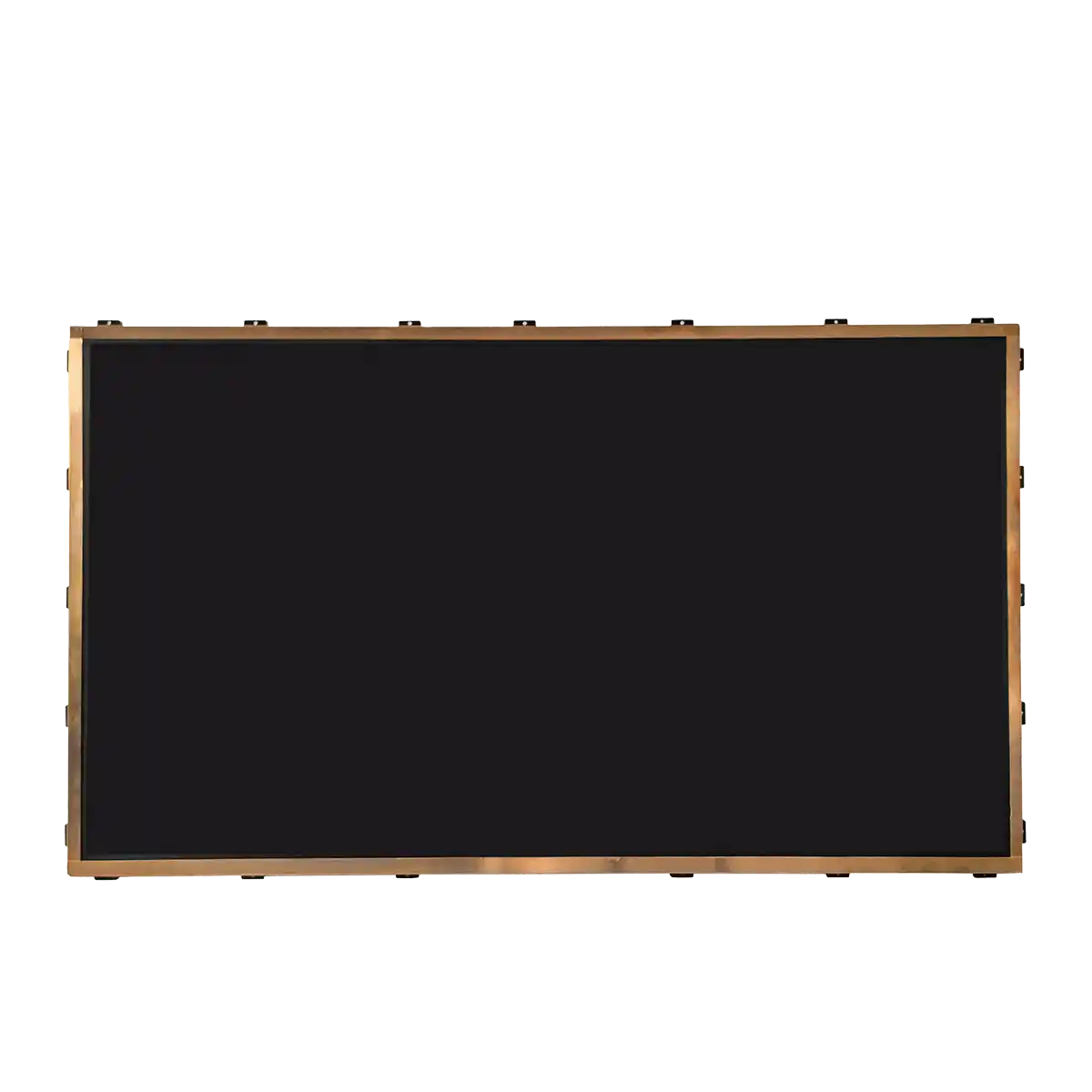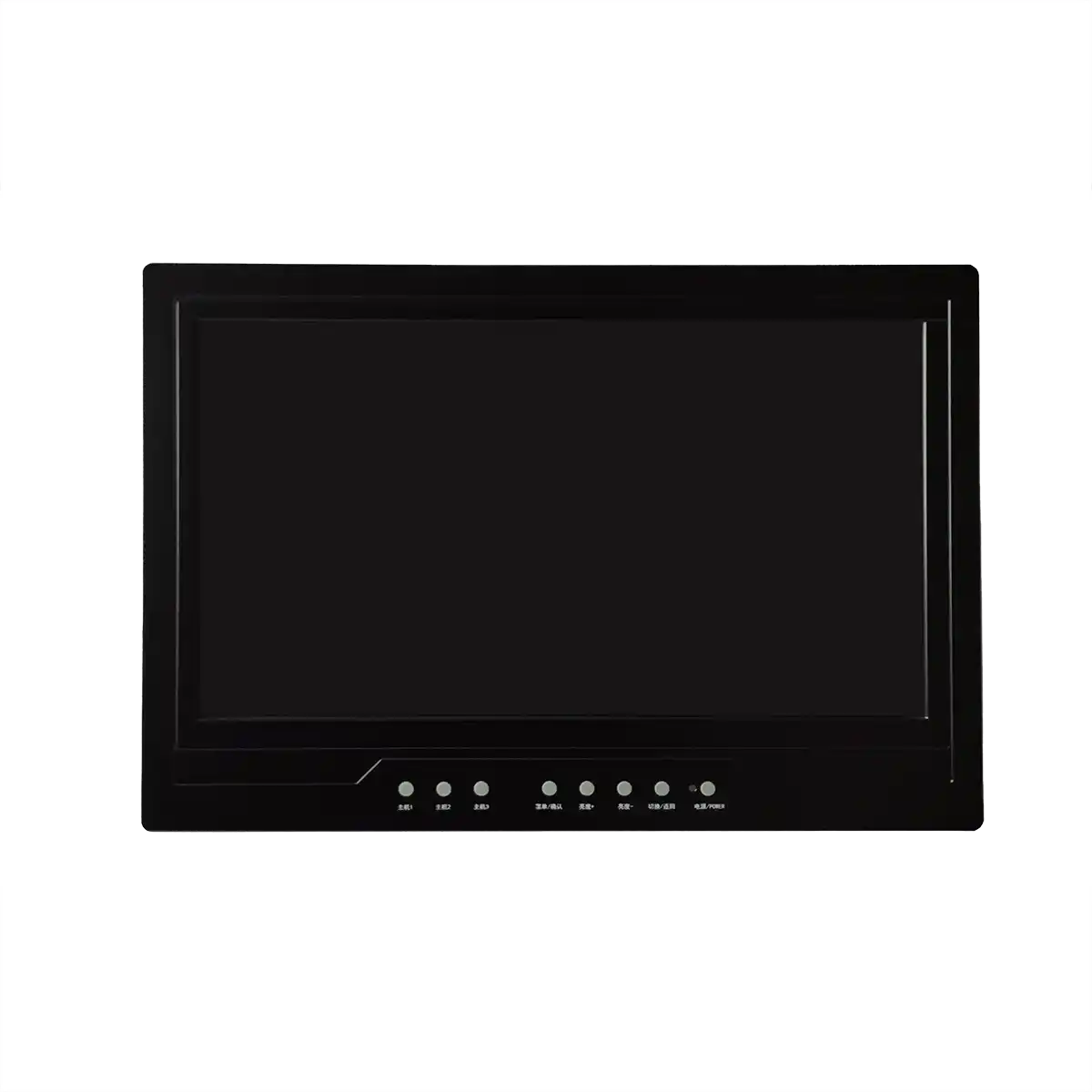Industrial LCD Screens: A Comprehensive Guide
1. The Essence of Industrial LCD Screens
Industrial LCD Screens are specialized liquid crystal display (LCD) technologies crafted for the rigors of industrial environments. The term "LCD" stands for "Liquid Crystal Display," a type of flat panel display that uses liquid crystals to control the light passing through it. These screens are distinguished by their ability to operate over a wide temperature range, resist physical shocks, and maintain a consistent performance, even in the face of prolonged use.
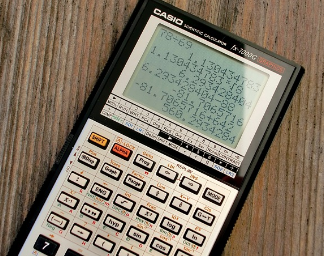
2. The Science of LCD Operation
The operational principle of an LCD hinges on the behavior of liquid crystals, which are rod-shaped molecules that can change orientation in response to an electric field. When voltage is applied, the molecules reorient, altering the polarization of light passing through them. This change in polarization is controlled by the alignment of the liquid crystals, which can either allow or block light from passing through a polarizing filter.
3. Key Components and Their Functions
The anatomy of an Industrial LCD Screen includes several critical components:
- Liquid Crystal Layer: The core component where the light modulation occurs.
- Polarizing Filters: These filters control the direction of light polarization before and after passing through the liquid crystal layer.
- Backlight: Typically LED-based, it provides a uniform light source from behind the liquid crystal layer.
- Color Filters: Arrays of red, green, and blue filters that, in combination with the liquid crystal layer, produce full-color images.
- Electrodes: These apply the electric field to the liquid crystals, controlling their orientation.
4. Industrial-Specific Enhancements
Industrial LCD Screens are fortified with features that cater to their environment:
- High Brightness: To ensure visibility in bright ambient light conditions.
- Wide Viewing Angles: To accommodate various viewing positions without color distortion.
- Enhanced Sealing: To protect against dust, moisture, and other environmental contaminants, often quantified by an Ingress Protection (IP) rating.
- Touchscreen Capabilities: Options include resistive, capacitive, and projected capacitive technologies, tailored for use with or without gloves and in wet conditions.
5. Diverse Applications
Industrial LCD Screens serve a myriad of applications across various sectors:
- Control Panels: In manufacturing and process control, providing real-time data and control interfaces.
- Diagnostic Equipment: In medical devices, offering clear imagery for diagnosis and monitoring.
- Automation Systems: In robotics and automated machinery, ensuring precise operation and feedback.
- Transportation: In vehicles and transportation systems, for navigation, monitoring, and control.
Conclusion
Industrial LCD Screens are a testament to the marriage of advanced technology and practical engineering, offering a blend of clarity, durability, and reliability. They stand as a critical component in the infrastructure of the industrial world, enabling efficient operations and enhanced visual communication in challenging environments.
Expansion
For those eager to delve deeper, the domain of Industrial LCD Screens presents a plethora of avenues for further exploration:
- Material Science: Investigating the properties and synthesis of liquid crystals and their role in display technology.
- Electrical Engineering: Understanding the circuitry that drives the electric fields within the LCDs and the impact on image quality.
- Software Development: Exploring the algorithms that enhance the performance and adaptability of Industrial LCD Screens to various conditions.
- Emerging Technologies: Keeping abreast of advancements in display technologies such as OLEDs, which offer their own set of advantages and potential industrial applications.
In crafting this guide, I have aimed to provide an exhaustive and meticulous exploration of Industrial LCD Screens, ensuring clarity and depth in explaining each term and concept. The goal is to cater to a diverse readership, from novices seeking foundational knowledge to experts desiring a comprehensive review of the subject matter.
Recommended Articles
-
Why Choose BOE’s EV101WXM-N10?
2025-01-03 -
The Trajectory of South Korea's LCD Industry Amidst Political Fluctuations and Technological Transition: Challenges and Opportunities Coexist
2025-01-03 -
ADS Pro: The Future of Display Technology
2025-01-03 -
Interpretation Report on AUO's New Generation Smart Cockpit
2025-01-03 -
What is the difference between quantum chips and quantum dot technology?
2025-01-03 -
Are the displays in Tesla's Cybertruck and Robovan the same as you imagined?
2025-01-03 -
BOE GV070WSM-N10 parameters and advantages and disadvantages analysis
2025-01-03 -
TM070RDH10-43 7-inch TFT-LCD Display: Technical Details and Application Guide
2025-01-03 -
Notice on the discontinuation of TCG104SVLQJPNN-AN41 model and alternative solutions
2025-01-03 -
Introduction: Reasons to Choose G121EAN01.2
2025-01-03 -
Practical Applications of Industrial LCD Screens: The Perfect Blend of Professionalism and Customization
2024-09-26 -
Hangzhou LEEHON Technology supplies BOE GT080X0M-N12: High quality 7-inch TFT-LCD module solution
2024-09-14 -
How to Check for Issues in Industrial LCD Panels
2024-09-11 -
How does an LCD screen find individual pixels?
2024-09-11 -
What is the difference between eDP and LVDS?
2024-09-11 -
In-depth analysis of the development of automotive display technology
2024-09-10

